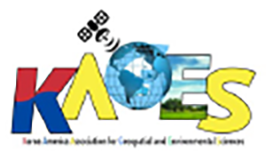Abstract
Human impact on the environment is driving a decline in biodiversity that heightens the need for informed management of conservation lands. Unmanned aerial vehicles (UAVs), also known as drones, are an increasingly cost-effective tool for generating high-quality data used to map landscape features, analyze land cover change and assess the effectiveness of conservation efforts. Traditional sources of remotely sensed data such as satellites and aircraft can be costly, inflexible and unable to detect fine-scale surface variation. This paper explores the advantages (and challenges) of analyzing data collected by drones to generate useful conservation management insights. We focus on three key considerations. The first is pre-flight planning. This includes FAA regulations, flight control software and study area considerations. The second is acquiring and processing drone captured still images to generate georeferenced map layers. The third is developing GIS models that analyze relationships between drone-derived data layers at multiple scales.
To demonstrate how data collected by UAVs can provide useful conservation insights, we analyze the relationship between fire behavior and landscape features at the Weaver Dunes Preserve in Minnesota. Here, the Nature Conservancy is restoring high quality prairie habitat via a series prescribed burns. Because prairies benefit from “patchy” burns (as opposed to fires that consume the entire burn site), we map landscape features (slope, elevation and aspect) and analyze their correlation with the location and extent of post-burn patches of ash.
Recommended Citation
Lorah, Paul; Ready, Alice; and Rinn, Emma
(2018)
"Using Drones to Generate New Data for Conservation Insights,"
International Journal of Geospatial and Environmental Research: Vol. 5:
No.
2, Article 2.
Available at:
https://dc.uwm.edu/ijger/vol5/iss2/2

